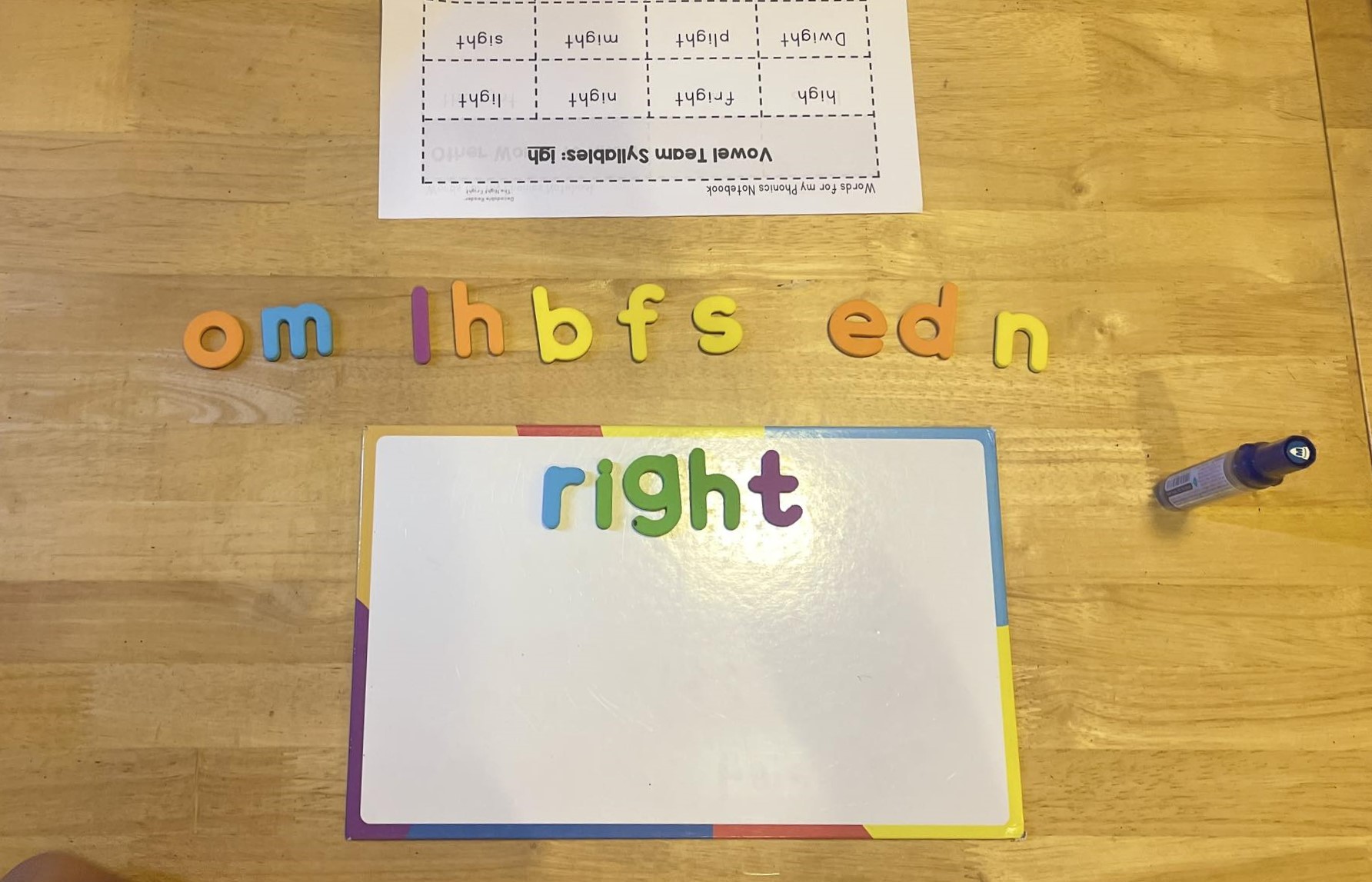Dyslexia is a learning disability that affects reading and writing skills. It is a lifelong condition, but it can be managed with effective teaching and support.
What are the challenges of teaching students with dyslexia?
Students with dyslexia may have difficulty with the following:
- Decoding skills: Decoding is the process of breaking down words into their individual sounds. Students with dyslexia may have difficulty with this process, which can make it difficult for them to read and spell.
- Phonic awareness: Phonic awareness is the ability to recognize and manipulate the individual sounds in words. Students with dyslexia may have difficulty with this skill, which can also make it difficult for them to read and spell.
- Fluency: Fluency is the ability to read smoothly and quickly. Students with dyslexia may read more slowly and hesitantly than their peers.
- Comprehension: Comprehension is the ability to understand what you have read. Students with dyslexia may have difficulty with comprehension because they are focusing on decoding and fluency.
- Writing: Writing can be challenging for students with dyslexia because it requires all of the skills listed above.
How to teach students with dyslexia
There are a number of evidence-based teaching strategies that can be used to support students with dyslexia. These strategies include:
- Multisensory instruction: Multisensory instruction involves using multiple senses to teach new concepts and skills. For example, a teacher might use flashcards, manipulatives, and auditory activities to teach students about phonemes.
- Explicit instruction: Explicit instruction is a direct and systematic way of teaching new skills. When teaching students with dyslexia, it is important to break down skills into small steps and provide clear and concise instruction.
- Repetition and review: Students with dyslexia may need to practice new skills repeatedly before they become automatic. It is important to provide students with plenty of opportunities to practice and review their skills.
Specific teaching strategies for different areas
Reading:
- Phonics instruction: Teach students the relationship between letters and sounds.
- Decoding instruction: Teach students how to use phonics to decode words.
- Fluency instruction: Teach students how to read smoothly and quickly.
- Comprehension instruction: Teach students how to understand what they have read.
Writing:
- Spelling instruction: Teach students how to spell words.
- Grammar instruction: Teach students the rules of grammar.
- Writing process instruction: Teach students the steps involved in the writing process, such as prewriting, drafting, revising, and editing.
Accommodations and modifications
Accommodations and modifications are changes that can be made to the classroom environment or to assignments to help students with dyslexia succeed. Some examples of accommodations and modifications include:
- Accommodations:
- Providing students with extra time on assignments and tests
- Allowing students to use text-to-speech software
- Allowing students to take tests in a quiet room
- Modifications:
- Providing students with simplified versions of assignments and tests
- Breaking down assignments into smaller steps
- Allowing students to use other methods to demonstrate their learning, such as oral presentations or projects
Tips for working with students with dyslexia
- Build a positive relationship with the student. Let the student know that you believe in them and that you are there to help them succeed.
- Create a supportive and inclusive classroom environment. Make sure that all students feel respected and valued.
- Provide the student with clear and concise instructions. Break down instructions into small steps and provide the student with opportunities to ask questions.
- Use multisensory instruction and explicit teaching methods.
- Provide the student with plenty of opportunities to practice and review their skills.
- Be patient and understanding. It takes time and effort for students with dyslexia to learn new skills.
Conclusion
Teaching students with dyslexia can be challenging, but it is also very rewarding. By using the evidence-based teaching strategies and accommodations and modifications described above, teachers can help students with dyslexia succeed in school and beyond.
Find out if your child needs extra support today!
- My child screams hysterically
- My child is mean to other children
- My child is always worried
- My child is scared to go to school
- My child is scared of loud noises
- My child doesn’t know how to read
- My child is scared to play outside
- My child does not respond to his name
- My child always gets in trouble
- My child fights with other children
- My child doesn’t know how to count
If you are concerned about your child’s development, contact us for Assessments: Phone/Telegram: 077.455.993 – Telegram Link: https://t.me/OrbRom
If you are concerned about your child’s development, contact us for Assessments.
Phone/Telegram: 077.455.993 Link: https://t.me/OrbRom






Leave A Comment